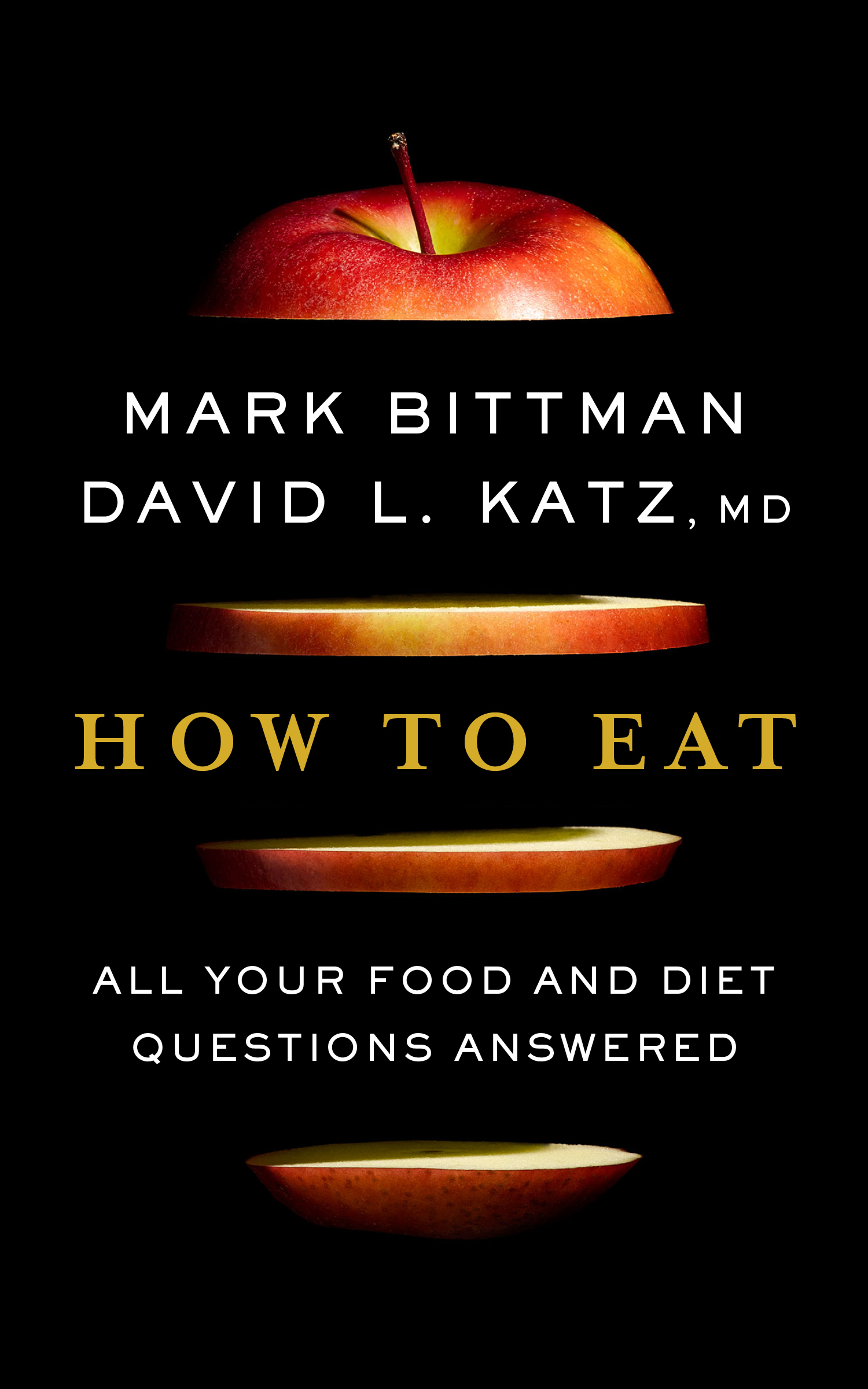Calling a book How to Eat seems a bit presumptuous, but it probably is good at catching people’s eye. It did just that at the library recently (remember those?). What also caught my eye was that one of the authors is someone who I enjoyed some of their previous projects, food journalist Mark Bittman. The subtitle of the book is All Your Food and Diet Questions, which relates to the format of the book, as it is consists of questions and answers. The format isn’t necessarily the best one for several reasons. Certain things are repeated multiple times, sometimes the amount of detail is lacking, and it introduces topics with without set up to explain things being discussed (sometimes those things are detailed later in the book, instead of when it would be more useful).
The short version of the book is that they are suggesting eating “veggies, fruits, beans, lentils, whole grains, nuts, seeds”.
While the book provides a lot of interesting information, at its core, it seems like the premise of the book is based on something less than reliable. The last section of the book makes the rest of the book seem less trustworthy. One example of that is that on the second page of that section they write:
We know that if we toss an apple up into the air, it will fall back down. And we know that eating that apple is generally a good idea. Again, no randomized trials required.
It shouldn’t be hard to understand that there is a difference between something that can easily be observed, an apple falling, and something that isn’t, eating an apple is good. The other author of the book is a medical doctor, and one that was a professor at Yale until 2019, so seeing that is surprising in a way it might not if the book was only written by a food journalist. The section continues on in that direction. A problem with that is that things we know are sometimes not actually true. Their suggestion on what to eat is based on what is eaten “Blue Zones”, they explain that this way:
Some of the best known examples these days are from what are sometimes called Blue Zones. These five very diverse populations from around the globe have the highest concentrations of people living to one hundred, free of chronic disease. Their diets range from high-fat to low, vegan to vegetarian to omnivorous—but all are variations on the same basic theme: wholesome foods, mostly plants, in balanced, sensible, time-honored assemblies. We’re going to start to sound repetitive here, but that’s the bottom line.
The problem with is that those Blue Zones might actually contain people that are as not as old as they believe or claim to be. The locations they list as blue zones seem like odd assortment, which seems like it would reasonably raise questions why those locations in particular and not say additional locations in the same countries have those health outcomes:
They just happen to be far-flung, in Ikaria, Greece; Sardinia, Italy; Okinawa, Japan; Loma Linda, California (it’s a traditional Seventh-day Adventist community, and therefore vegetarian); and Nicoya, Costa Rica.
Bottomline
While I am concerned recommending a book when there is some concern about its fundamental reliability, I still found the book an interesting read and even if parts are not accurate. Overall, I think it worth checking out if you are interested in the topic.


